

All the following information was taken from the Sutter Creek website and their brochure courtesy of the Sutter Creek Promotion Committee (2005).
They can be reached at the Sutter Creek Visitors Center, 11A Randolph Street (P.O. Box 1234), Sutter Creek (in Amador County), CA 95685. (209) 267-1344 or (800) 400-0305 or www.suttercreek.org
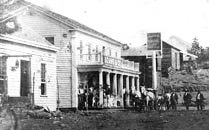
The History of Sutter Creek:
The old sign at the south entrance of town states that it was founded in 1846 by Captain John Sutter, with a population of 2,000 and an elevation of 1,200 feet. In reality, Sutter had men cutting wood on the ridges above town prior to the Gold Rush and later did some mining here, in 1848-1849. Small during placer mining days, the town grew to its present size with the advent of the great quartz-mining era after the 1860’s. Many of the city’s mines were the country’s most active, most profitable, and longest-running, and producing until the mid 1950’s.
When it started in 1848-1849, the settlement of Sutter Creek was a small camp offering food, drink, and mining equipment. By 1854, it was an actual town, which was legally founded on September 4th, of that year. Business signs marked the village’s chief emporiums: Union Hotel, American Hotel, Adams and Company Express, and Downs and Hanford General Store.
Within a few miles radius were eight quartz mines crushing ore. Mining was developing and would become a huge industry with the advent of a foundry. Sutter Creek started to resemble a bustling New England industrial town. It soon boasted a post office, bakeries, barber and blacksmith shops, grocery and dry goods stores, saloons, restaurants, and laundries. Professional people soon mingled with the multitude of miners. As men sent for their wives and children, churches and schools quickly followed. By the 1860’s, the town became respectable.
From that time on, the town’s population, which averaged between 1,200 and 1,500 people, built homes and raised families. Most worked in the mines surrounding town and in the foundry. Other families established shops selling supplies and fineries and operated boarding houses for single miners.
The town became a heterogeneous blend of people from all over the world. Immigrants poured in here from all parts of America, Europe, Asia, and the Pacific Islands. Most significant to the town’s history, flavor, and architecture were from Cornwall (England), Italy, and Yugoslavia. They built buildings from brick, wood frame, stone, and concrete. Note particularly the native stone building with iron doors to control fire. Classic and Victorian era architecture featured overhanging porches with Carpenter Gothic columns and adornments. Though many fires changed the face of Sutter Creek, with the last one occurring in 1888, the buildings you see today are either original or have been carefully restored to their 1800’s style.
Proud of its heritage, Sutter Creek with its Main Street, Highway 49, boasts he truly unique look of a 19th century California Gold Rush town.
A Waking Tour of Sutter Creek:
Sections of block are numbered from #1 on the northeast side of Main Street to the southside, #9. The tour turns back at the southwest corner (#10) and heads north, ending at #17.

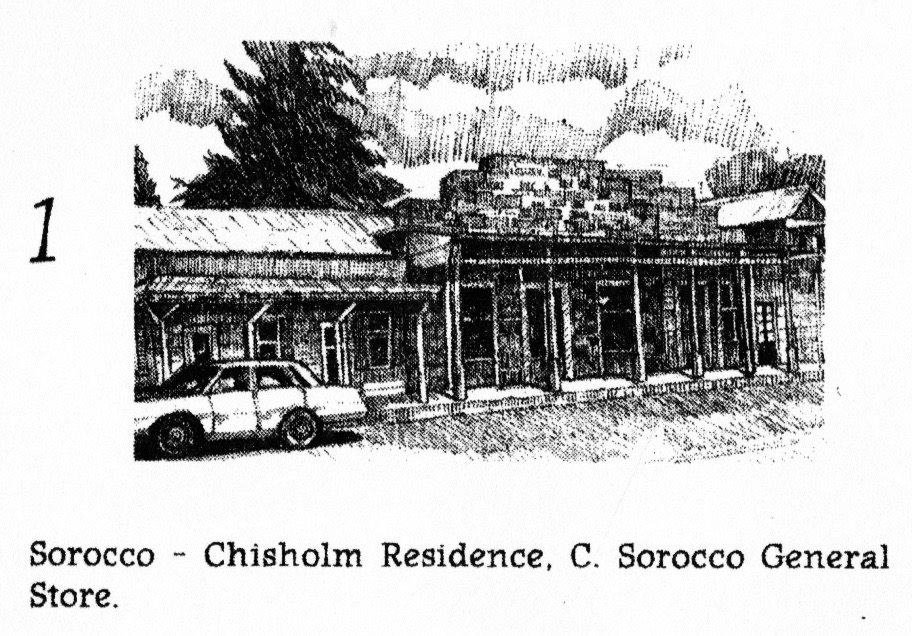
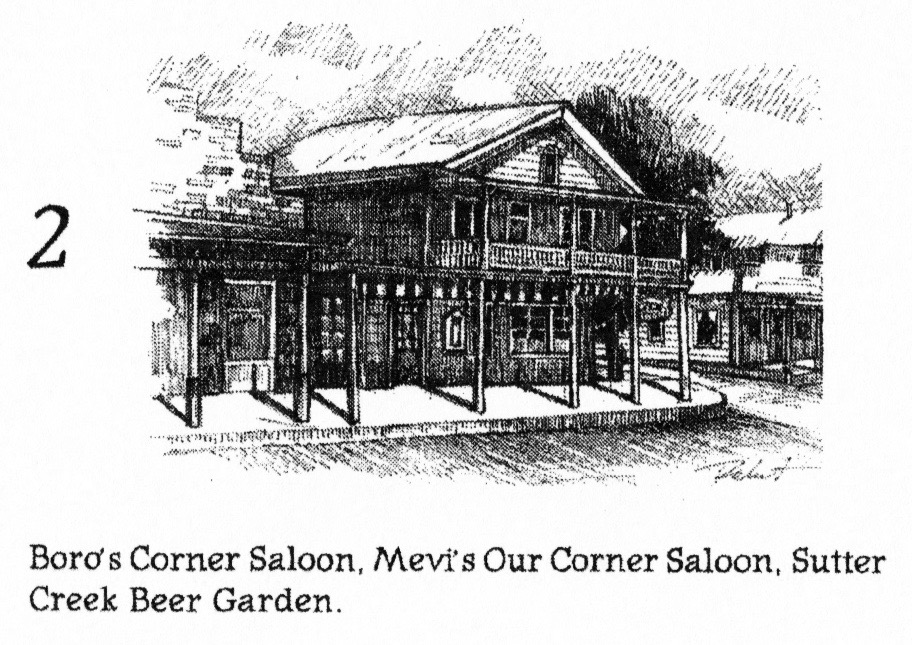

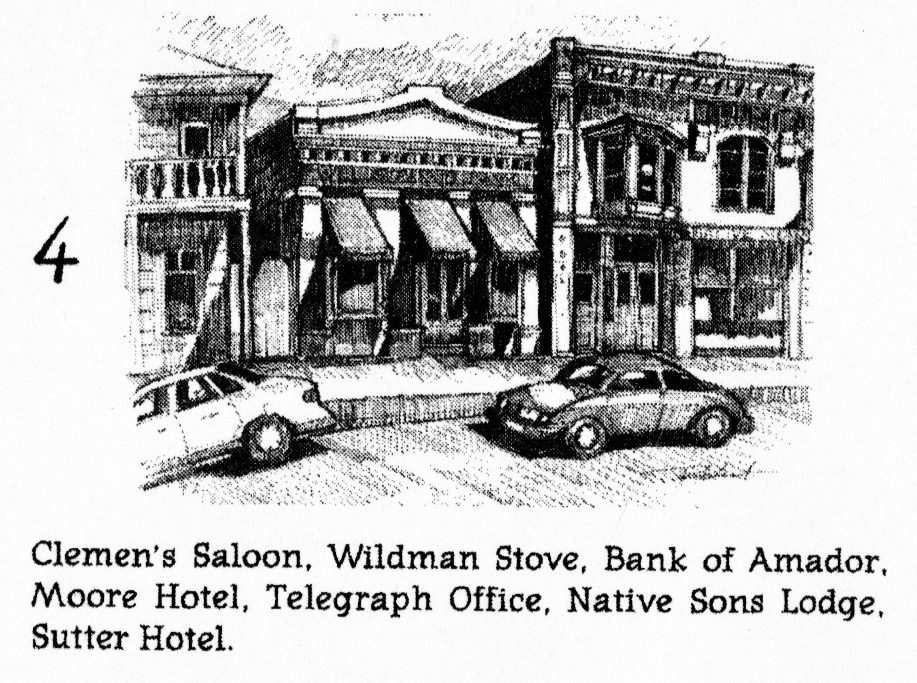


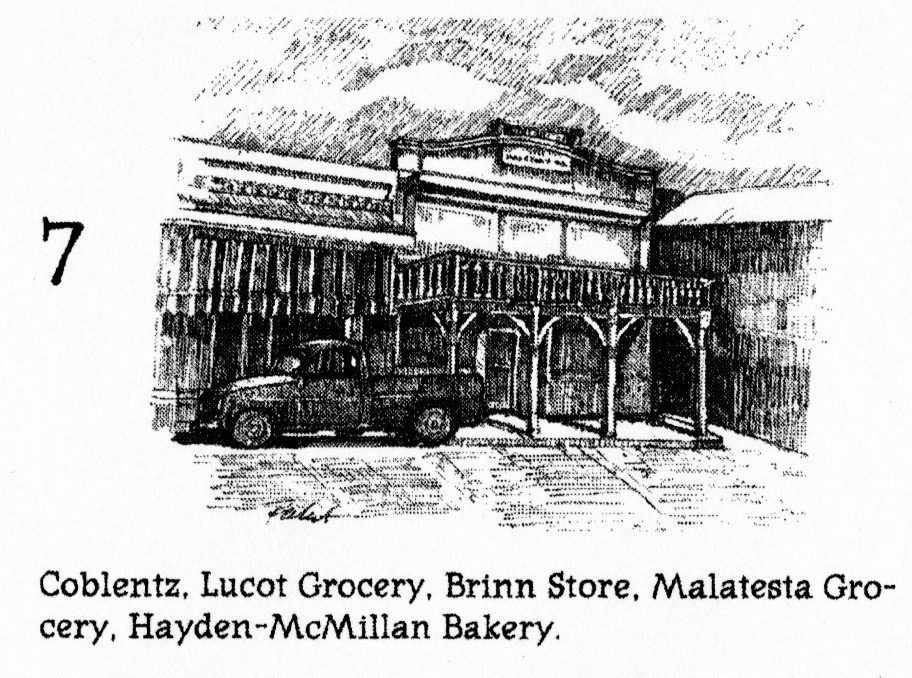
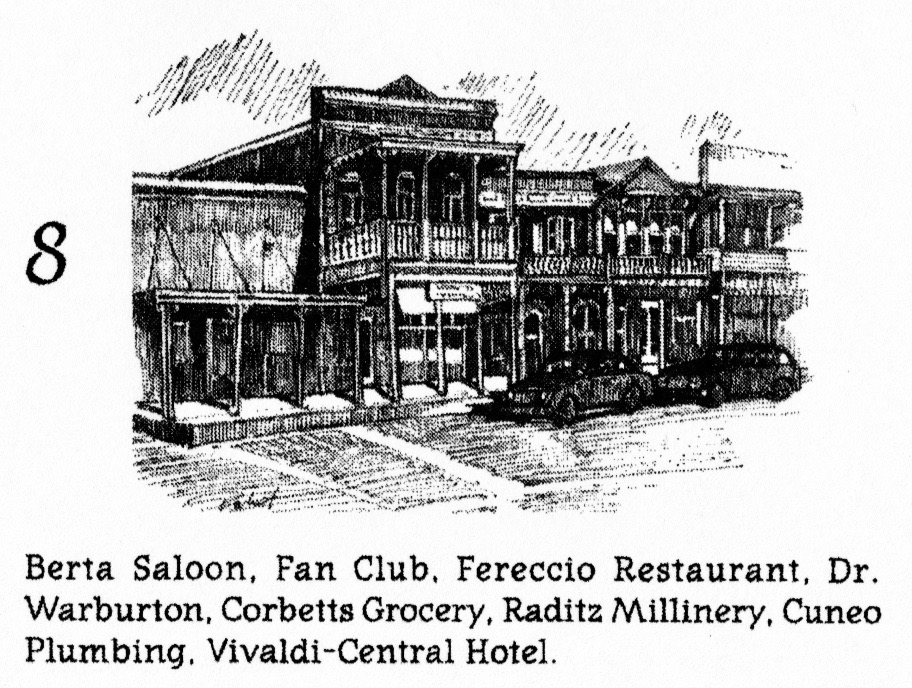

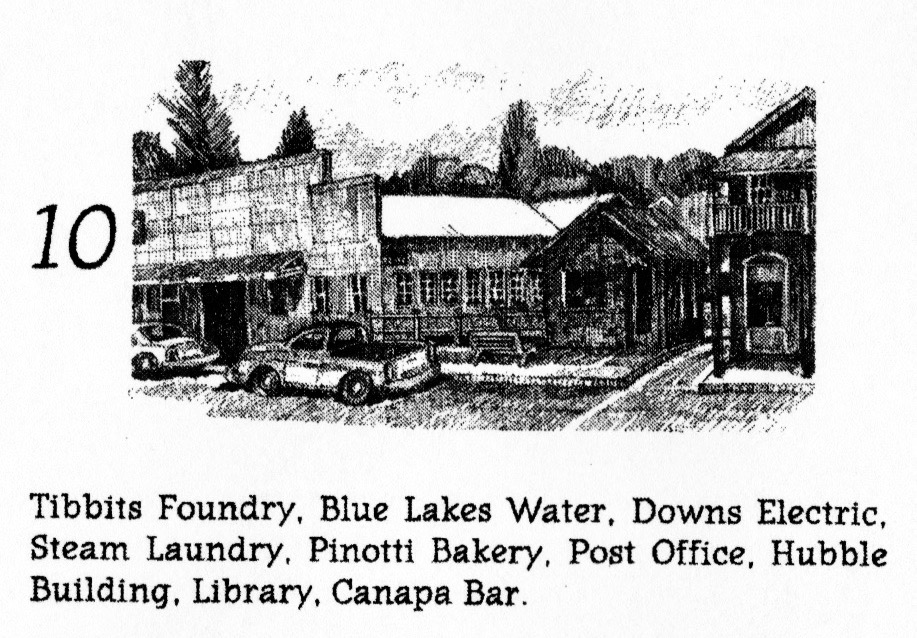
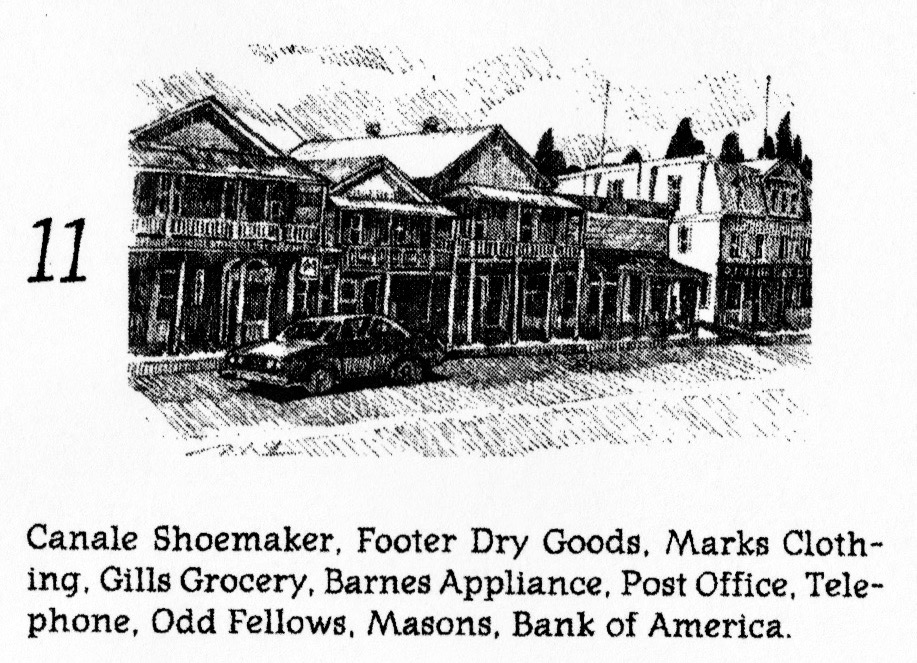
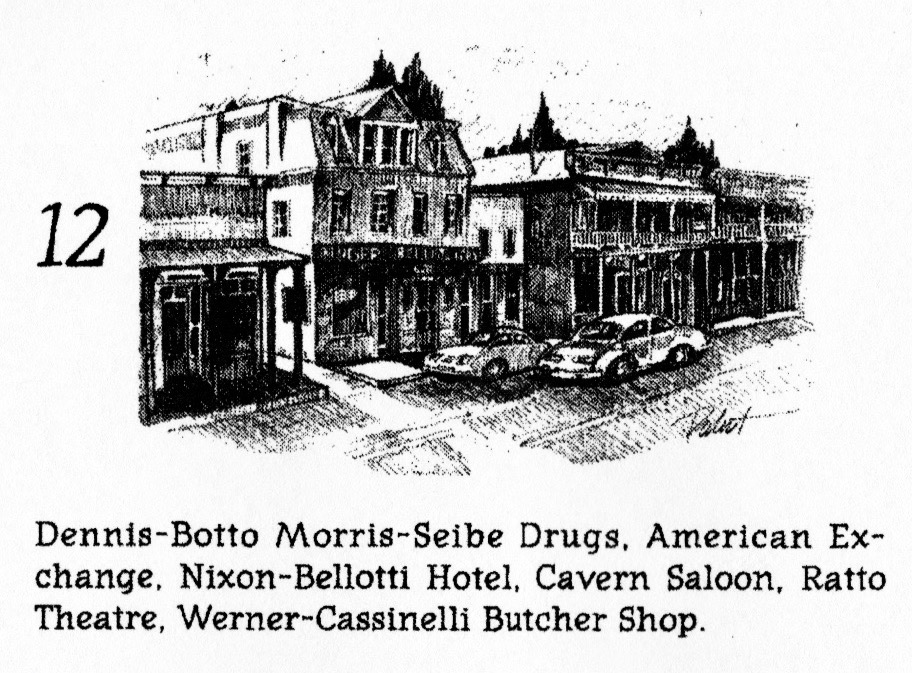
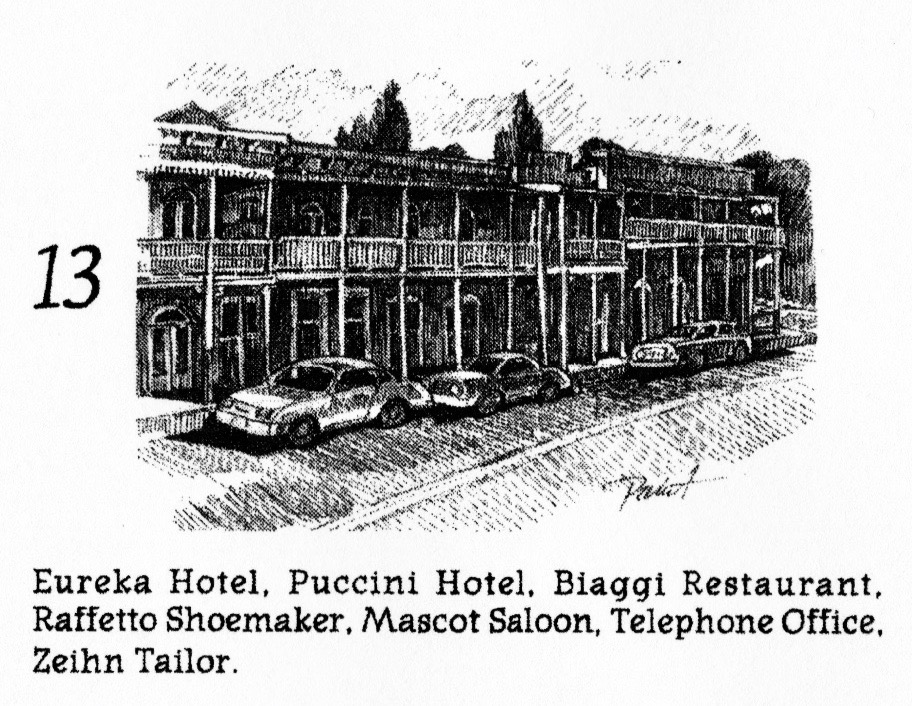
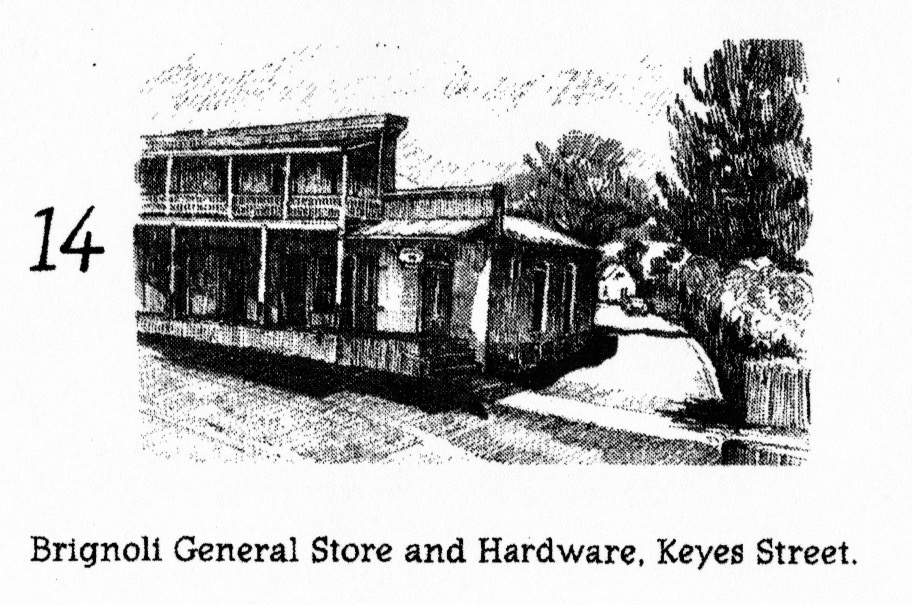
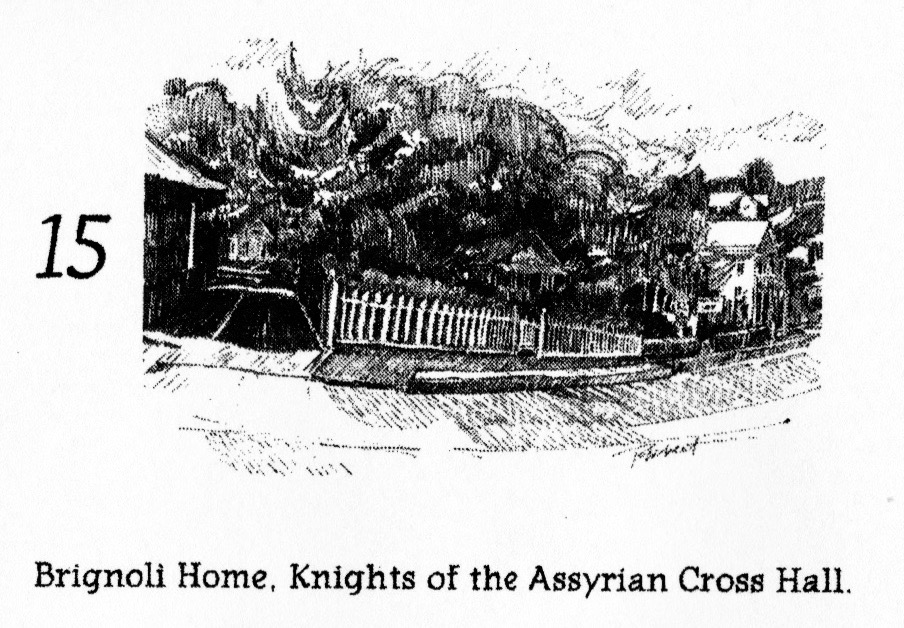
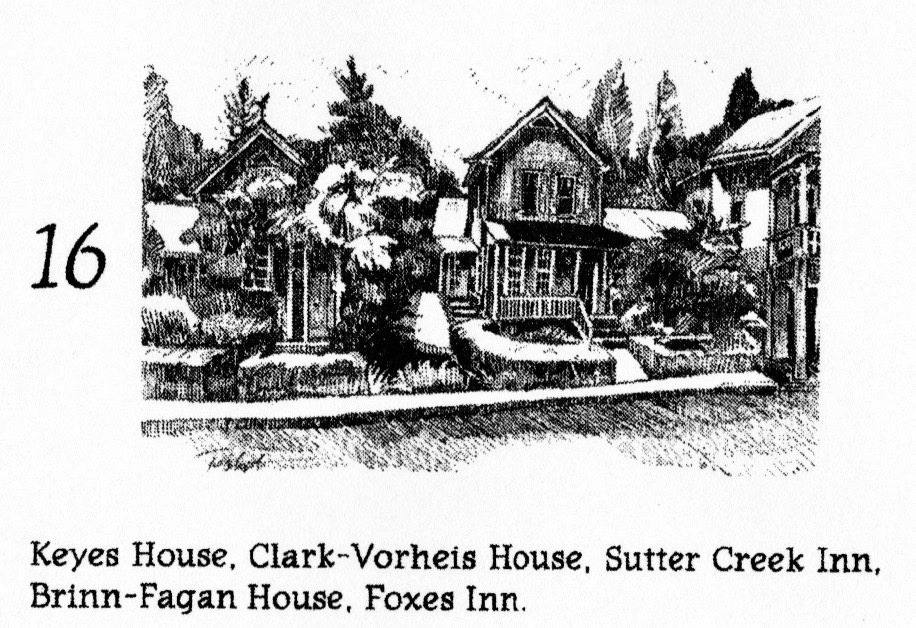

Other Must See Stand-out Sites:
Sutter Creek Visitor Center
A must stop while in Sutter Creek is the Visitor Center. There you will find historic photos, artifacts, information on just about everything and welcoming and smiling docents that will be happy to answer your questions. Located at 71A Main Street in Sutter Creek.
Open 7days, 11am – 4pm (hours may vary) (209) 267-1344
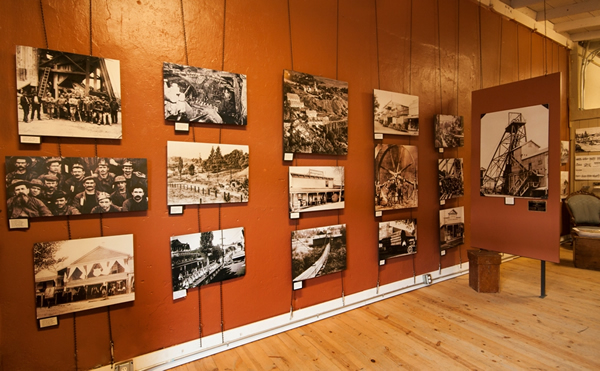
Monteverde Store Museum
The Monteverde Store Museum, which opened as a country store in 1896, still displays all the paraphernalia of the past on its shelves. Dry goods, hardware, bulk products, apparel, patterns, even penny candy were on hand for local shoppers. It is preserved as it was in 1971 when the last owner closed the doors for a few days and never reopened. It can be viewed by appointment with the senior docent.
Call (209) 267-0493 or (209) 267-1344 to make arrangements.
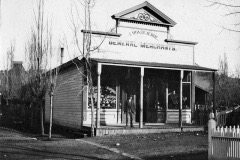
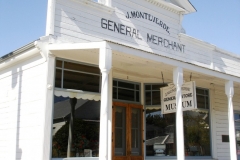
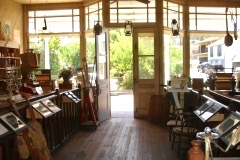
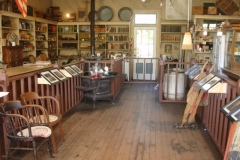
Historic Sutter Creek Schoolhouse
The schoolhouse is rich in Gold Rush history. The original Sutter Creek School, built in 1856, burned to the ground in 1870. The building you see today, a thirty-five by fifty-five foot, two-story brick schoolhouse was built in 1870 by a community funded project of $10,000. Some 200 to 300 children from as far away as Plymouth and Latrobe attended the school each year. In 1896 the school district raised $5,000 in bonds to add the wings in the rear of the building. The school remained open until the early 1960s. The schoolhouse is now on lease to the City of Sutter Creek. It is now in need of renovation, and when completed, it will house a community museum, Sutter Creek archives, and will be available to the public for meetings, events, and other activities.
More info: https://suttercreekfoundation.org
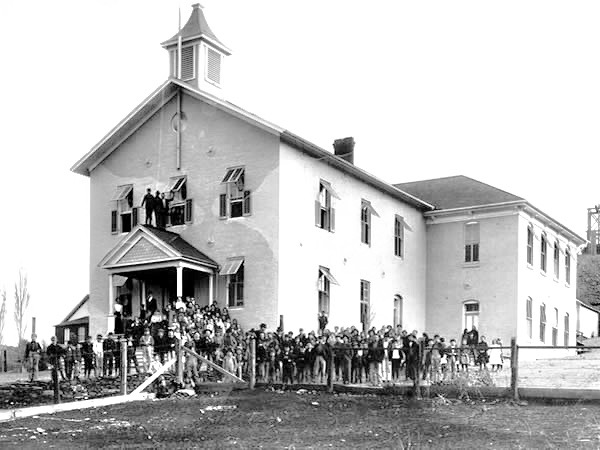
Knight Foundry
Sutter Creek’s Historic, Industrial Crown Jewel. The Knight Foundry, set in the heart of Sutter Creek, California, is America’s last water-powered foundry and machine shop. Established in 1873 by Samuel Knight, this extraordinary facility includes the unique historic equipment and machinery, still in place in its original context, just as it was during its Gold Rush-era heyday.
Knight Foundry is nationally recognized as a National Historic Mechanical Engineering Landmark and a California Registered Historical Landmark. The Foundry is listed on the National Register of Historic Places and was named by the National Trust for Historic Preservation as one of America’s eleven most endangered historic places.
Second Saturday Self-Guided Tours at Sutter Creek’s Historic Knight Foundry
Knight Foundry in Sutter Creek is America’s last water-powered foundry and machine shop and a premier relic of Mother Lode gold mining history. Join us for a Self-Guided Tour on the second Saturday of every month. No reservations needed.
Hours: Knight Foundry opens at 10 a.m and the last tour tickets are sold at 3 p.m.
Admission is $15 for adults 18 and older, $5 for students age 5-17, free for children under 5.
PRIVATE TOURS
Private Tours can be scheduled: 10.00 per person, minimum 100.00
Contact Ron Edgar 209-560-6160
More info: https://knightfoundry.com
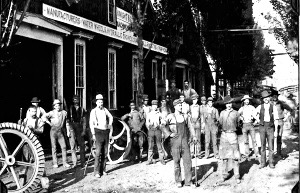
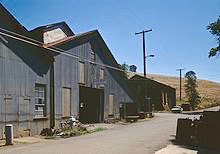
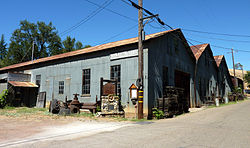
Preston Castle
In 1890, the 230 acre parcel of land where the Preston Castle stands was purchased from the Ione Coal & Iron Company for $30 per acre with 100 acres donated. The land was purchased to house the Preston School of Industry, established by the State Legislature as a progressive action toward rehabilitating, rather than simply imprisoning, juvenile offenders. The Preston School of Industry remained open until 1960 when new facilities for the school were completed. The building remained vacant and fading into disrepair until September 10, 2001 when The Preston Castle Foundation received a fifty-year lease for the property. The Preston Castle has also been named a California State Historical Landmark (#867) and is listed on the National Register of Historic Places (NPS-75000422). The Preston Castle Foundation received ownership of the Preston Castle and surrounding 12.91 acres on November 7, 2014.
It is located further past Sutter Creek in Ione, just before the town of Jackson. Public tours are available most Saturdays, April 6 to August 31. Guided tours are led by a trained docent, who will guide you through the Castle. They are scheduled for 1:00 pm, 1:30 pm, and 2:00 pm., limited to 3 groups of 16 guests each. They will last about 60-70 minutes and tickets may be purchased in advance online: http://www.prestoncastle.com/.
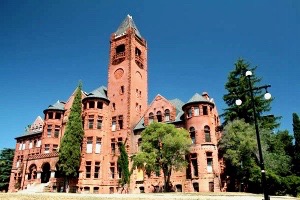
Historic Kennedy Gold Mine Surface Tours
The Kennedy Mine, located near Jackson California, is famous for being one of the deepest gold mines in the world (at 5912 feet), demonstrates how gold changed an entire way of life in California. The Kennedy Gold Mine produced approximately $34,280,000 in gold according to the California Department of Conservation.

Gold Mine Trail Sutter Creek
All Amador mines including the Central Eureka Mine were closed in 1942. The Central Eureka reopened in 1947 and continued strong until its August, 1958 closure. The City of Sutter Creek received the 17-acre site as a gift from private owners, and walking trails will be established around the preserved headframe and stamp mill.
For a 15 mile driving tour of all the Amador County Gold mines in the area, go back to the Menu, under the same heading, “HISTORY – Towns” and look for “Sutter Creek – Gold Mines (Driving Tour)”